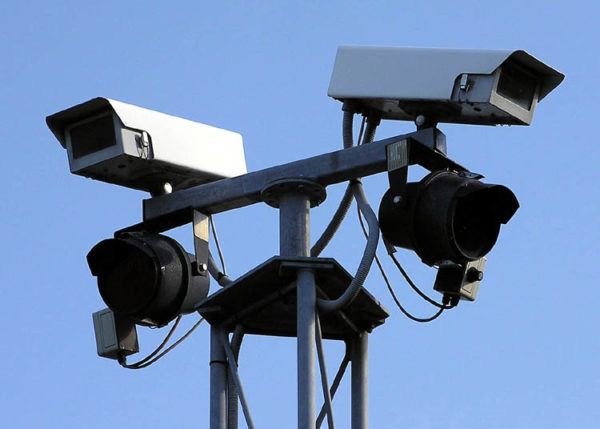The system uses average-speed-over-distance (ASOD) technology which calculates the average speed of a vehicle, measured from the time it passes a camera, until it reaches a second camera at a fixed distance away.

Cutting-edge technology has been installed by the South African National Roads Agency SOC Limited (SANRAL) on the N1 to Limpopo in time for the busy festive season traffic.
The technology is designed to improve the safety of road users. The infrastructure include the installation of gantries, cameras and message boards to monitor speed on critical sections near the Kranskop Toll Plaza in Modimolle..
Progress Hlahla, the Regional Manager for SANRAL’s Northern Region, said these are urgent steps to improve safety, influence driver behaviour and strengthen law enforcement on a section of the freeway which has seen horrific crashes in recent months.
In September 2018 a tire burst on a truck carrying cement caused the driver to lose control and collide with four other vehicles including a 22-seater bus. The crash claimed the lives of 27 people including two young children.
Hlahla said: “We immediately responded to investigate steps we can take to make the road safer and to add infrastructure that encourages good driver behaviour.
“Speed is a major concern and we worked closely with the Limpopo provincial government and local law enforcement to find ways to identify unsafe behaviour and apprehend offenders.”
The N1 between Pretoria and the border with Zimbabwe is one of the busiest freeways in the country and traffic volumes rise sharply at the start of the December holidays and close to the festive season.
Sophisticated technology
The new measures include the installation of four gantries equipped with sophisticated camera and monitoring technology. The system uses average-speed-over-distance (ASOD) technology which calculates the average speed of a vehicle, measured from the time it passes a camera, until it reaches a second camera at a fixed distance away.
The cameras are carefully calibrated, and the technology can recognise the vehicle’s number plate.
Time-stamped pictures are taken at both locations. Should the vehicle pass by the second camera in a shorter time than what it should, given the speed limit, it indicates that the driver was speeding.
Hlahla said ASOD technology is already used with great success by SANRAL on freeways in the Western Cape where there has been a marked reduction in the crash rate.
Visible ASOD signs warn road users that they are about to enter a monitored stretch of road and carries messages that encourage safe and sensible behaviour.
ASOD is leading-edge technology which supports the global objective to cut down on road deaths through the provision of safer road infrastructure greater awareness about road safety.
SANRAL is also providing training for law enforcement officials responsible for the monitoring of the freeway.

